A Traveler’s Review: The Sony a7C Camera – The Best & Lightest Travel Camera You Can Get
Mục lục bài viết
What to Look For In A Travel Camera
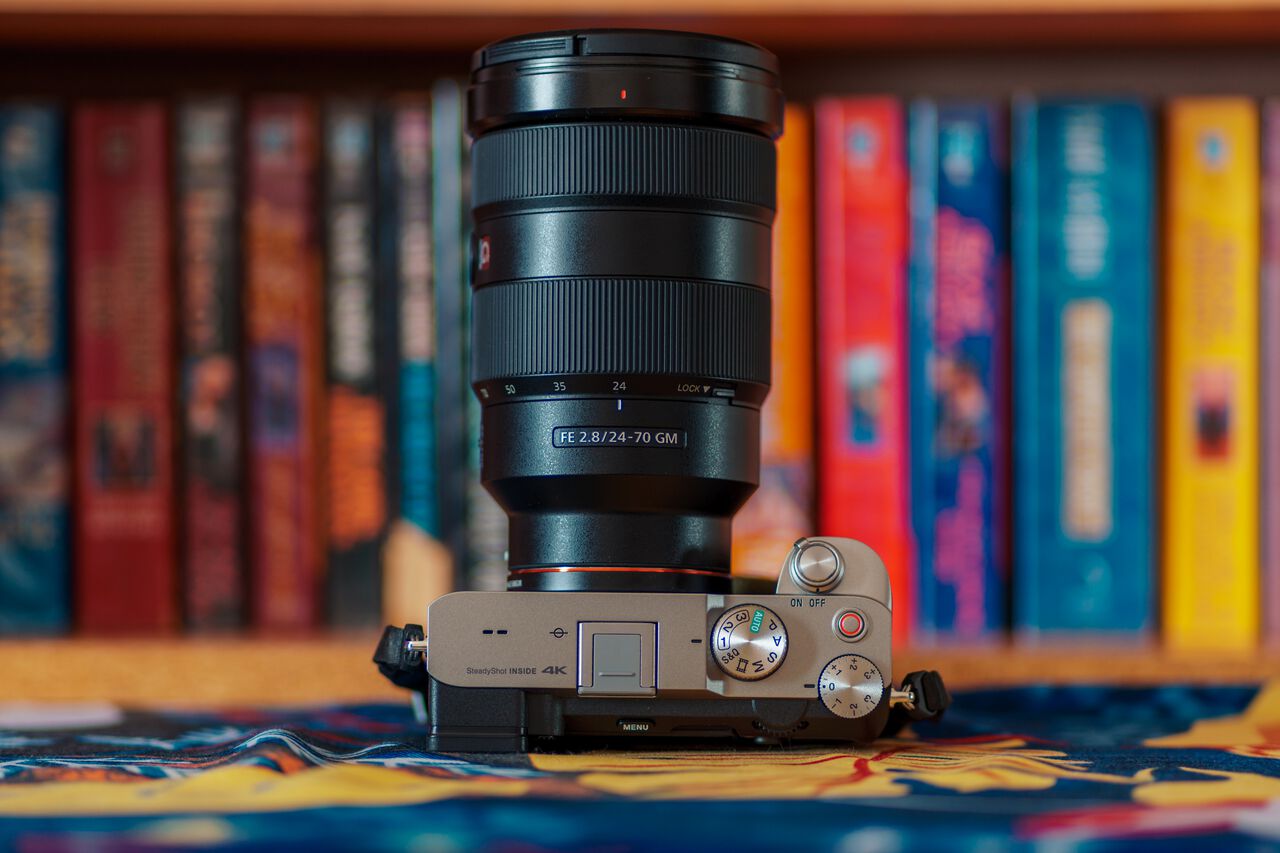
Size and Weight: When it comes to picking a travel camera, one of the most important things to consider is its size and weight. If you bought a travel camera that you don’t want to carry around your neck for hours while traveling then why even bother buying it, right?
The best travel camera has to have a size and weight that are reasonable for you to travel with. It should be a camera that you want to immediately grab whenever you want to go out and explore, so before buying one, be sure to go to a store, handle it, see how light and compact it is, and pick the one that feels best for you.
Photo and Video Quality: Travel moments come and go pretty fast and the last thing you want is to find out later after your vacation that the photos and videos you took to commemorate one of the best moments of your life are all blurry, full of noises, and poor quality.
A travel camera you should buy should have at least the capability to shoot 20+ megapixels photos which should be good enough for most use cases. It should also come with at least a 4K 24p video capability so you can capture those beautiful moments in crisp detail. All in all, as long as your travel camera does not fail you in these 2 departments, you are good to go.
Lens Selection: As a travel photographer, here’s a little secret, one of the most important things that make our travel photos and videos pop from the rest is, more often than not, the result of the lenses we use on our camera, not some artistic techniques that we acquired over the years.
Before you invest in a travel camera, you first should look around for lenses to pair it with the camera. Lenses are brand and format-specific, so when you are buying a Sony camera, you are in fact, investing in its system as well.
For example, if you are buying a Sony camera, find out if it is an APS-C camera or a full-frame camera (APS-C and full-frame have their own lenses designed specifically for each system), and find the lens you want to pair according to your camera format.
A good travel camera to invest in should have a slew of high-quality lens selection at varying price points that you to choose from. You should also see if there are any third-party lenses available for your system as that is a clear indication that the system’s lens market is thriving well and in turn provide you with even more options to choose from.
Durability: Traveling will take you to some really wonderful places but it will also expose you to some really extreme environments as well and it is important to buy a travel camera that can withstand whatever the world throws at you. Look for a travel camera that is weather sealed, weather resistant, and one that is built to last for many years to come.
Why Did I Choose the Sony a7C?
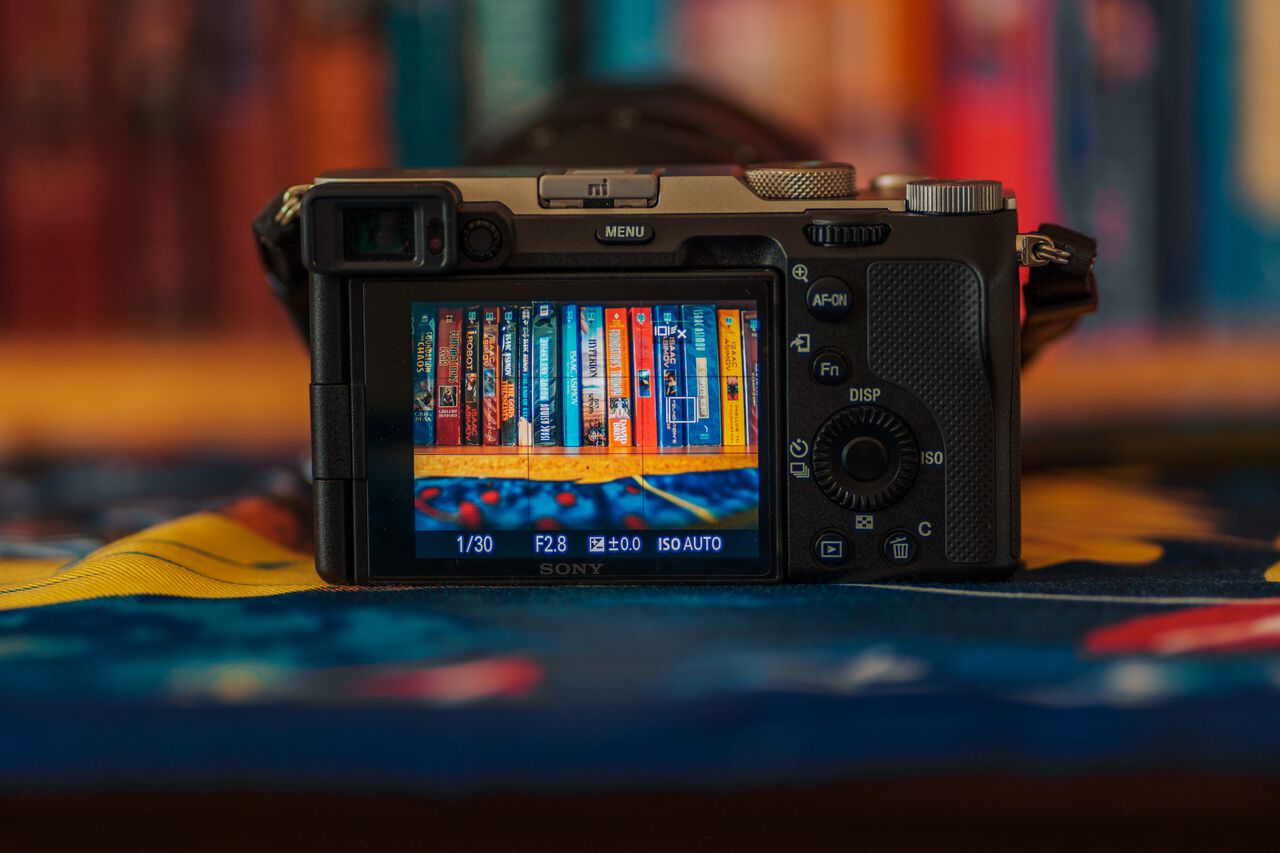
I know, I know! I preached and preached about not moving to a full-frame camera for years because of its bulkier profile and higher price point but what am I going to do when, as of 2021, Sony seems to clearly be abandoning its APS-C lineup and betting their future in their full-frame lineup instead?
For years, Sony has disregarded its APS-C cameras with lackluster camera releases like the Sony a6600, the new “flagship” APS-C camera, which in comparison to its main competitors, the Fujifilm X-T4, completely blew the Sony a6600 out of the water.
I like Sony and its innovative features and products but I can’t help but feel like the future with Sony for us consumers is to invest in their full-frame system instead of wasting money on their lackluster APS-C lineup.
When Sony releases the new Sony a7C which it dubbed the smallest full-frame camera with EVF to date, it got my curiosity, but when they told us that it is going to have all the features of the Sony a7III, a wildly popular Sony full-frame camera, and more advanced autofocus system, all in a small Sony a6600 body, it got my undivided attention.
As I was looking for an upgrade to my aging Sony a6500, I wanted something that is as small and familiar to use but has the capability of a full-frame camera with a great low light performance, better video, and photo quality, and comes will all the new innovative features Sony has been releasing for its full-frame cameras lately like the continuous eye-tracking autofocus system and gyro data stabilization. The Sony a7C ticked all of these boxes.
Plus, with all the innovation that is happening in Sony full-frame cameras and their lens lineup, the Sony a7C seems like it is going to be future-proof for many years to come which is something I look for in a camera that I will be using and traveling with for the next 4 – 5 years.
16 Pro-Grade Lightroom Presets Now Available!
Instantly turn your travel photos into beautiful work of art in one click. Available for both mobile and PC.
Buy Now
Get a Free Preset

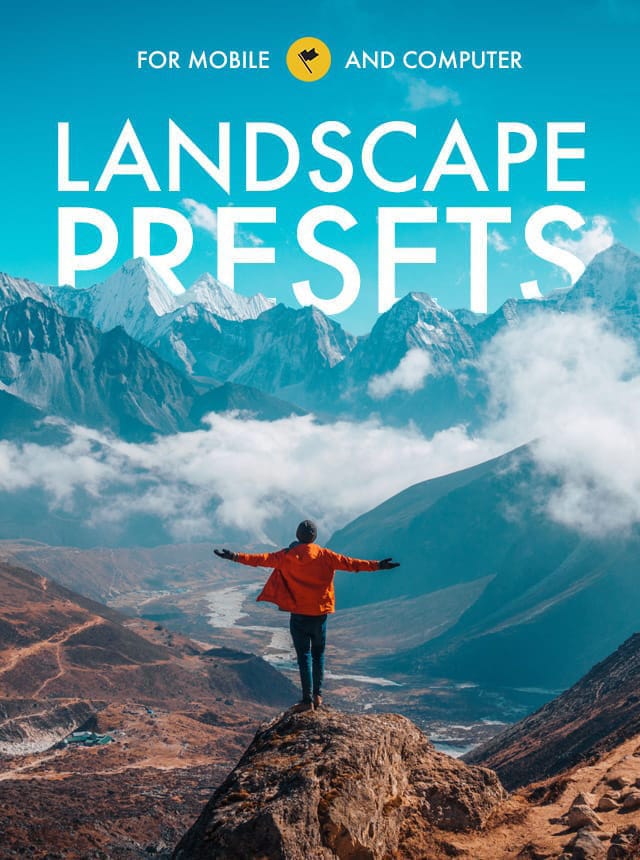
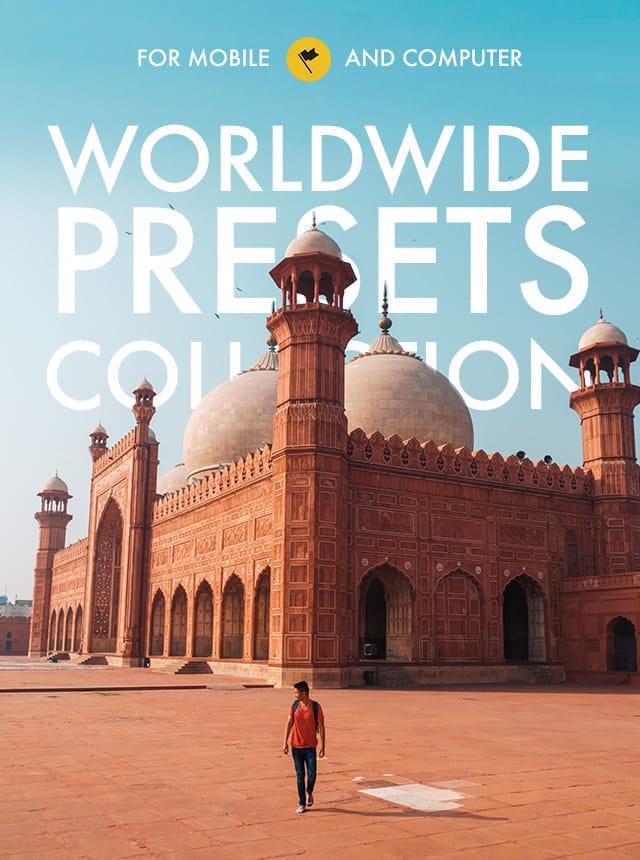
What I Love Most About the Sony a7C
Lightweight and Compactness

It is pretty incredible how Sony managed to fit a full-frame sensor and all its advanced features in a camera body that is almost as small as the Sony a6600, a camera that has a smaller sensor and fewer features.
The Sony a7C, with its massive full-frame sensor and all the technical prowess that is above and beyond the Sony flagship APS-C cameras is in fact only 6 grams heavier than the Sony a6600. The Sony a7C weighs about 509 g (1.12 lb) whereas the Sony a6600 weighs around 503 g (1.11 lb) which is an incredible feat from Sony.
With the release of the Sony a7C, my main complaint about using a full-frame camera is no longer valid. The size and weight gap between the 2 systems are now almost negligible. If you are like looking for the lightest and most compact full-frame camera for travel, there is no better option than the Sony a7C.
Best-in-class Autofocus System

Sony is still king when it comes to the autofocus system in its cameras. No other brand can beat its incredible intelligent eye-tracking autofocus system that allows you to continuously track a moving subject when shooting and recording.
The new Sony autofocus system which is present in the Sony a7C as well as other newer camera models like the Sony a7SIII and a7RIV ensures that the face and eyes of your subject is are focus even when you are shooting in the poorest lighting condition possible.
You can also touch to track a subject you want in photos and videos to keep them in focus even as you pan around your camera which is great for travel photography.
All in all, the Sony a7C has one of the most reliable autofocus systems out there and if you are like me, who enjoys doing a run-and-gun style of travel photography, you are going to appreciate the autofocus system in the Sony a7C.
Great Dynamic Range and Low Light Performance
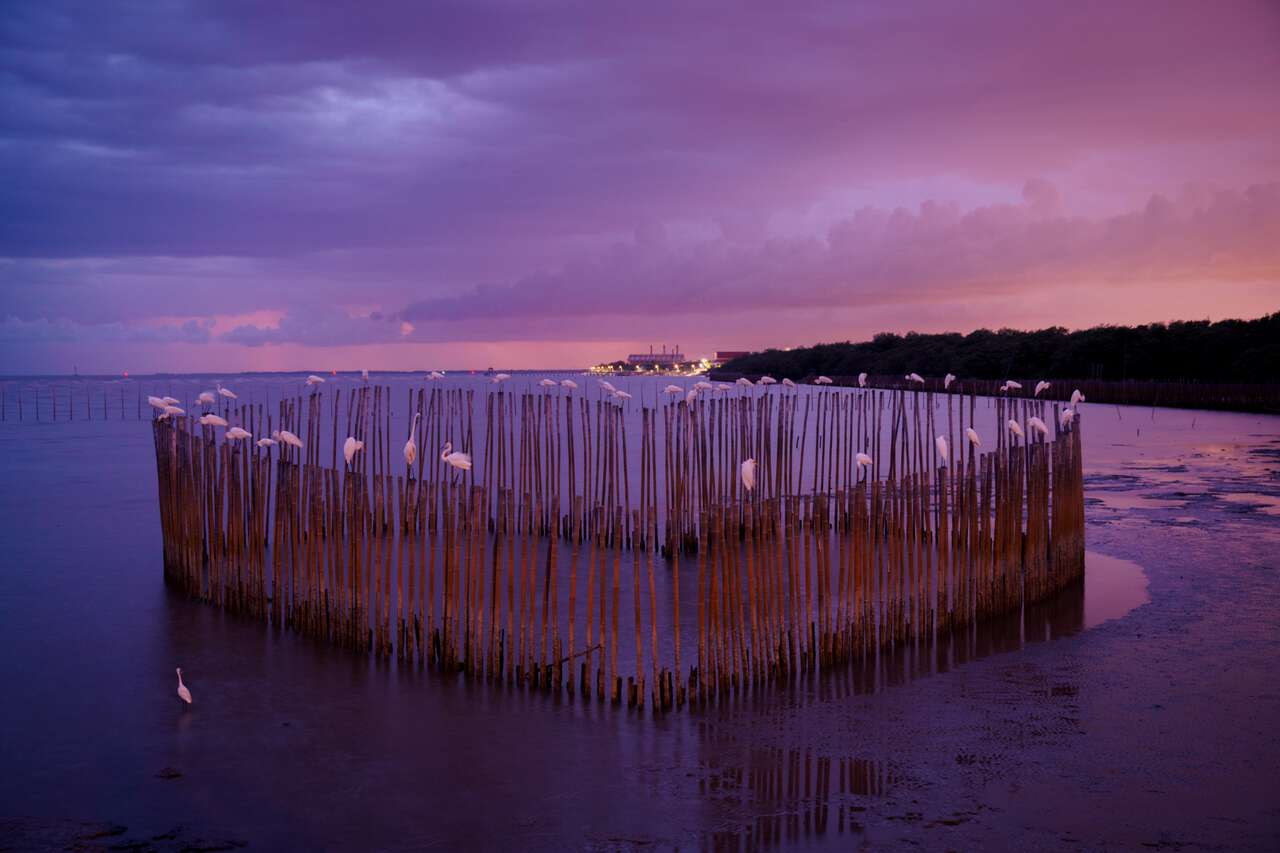
One of the main reasons why I decided to upgrade to a full-frame camera from an APS-C camera is to get that extra stop of light to help maintain the sharpness of my photos when I shoot in poor lighting conditions like during the sunrise or the blue hour.
To be honest, I was always quite frustrated with how noisy my photos get when I was shooting with an APS-C camera, but I’m happy to report now that, that is no longer the case for the Sony a7C.
With the extra stop of light from having a larger sensor, I can push my ISO down to a minimum allowing my night photos to be sharper and noise-free. The dynamic range is also incredible on the Sony a7C. I can shoot directly at the sun and I can still pull incredible detail out from the shadow during post-processing.
For my use case as a run and gun travel photographer who do not have the luxury to shoot in a controlled environment, having a camera with an excellent low light performance and incredible dynamic range really goes a long way and if you are like me, you are going to love the Sony a7C incredible performance.
Excellent Lens Selection
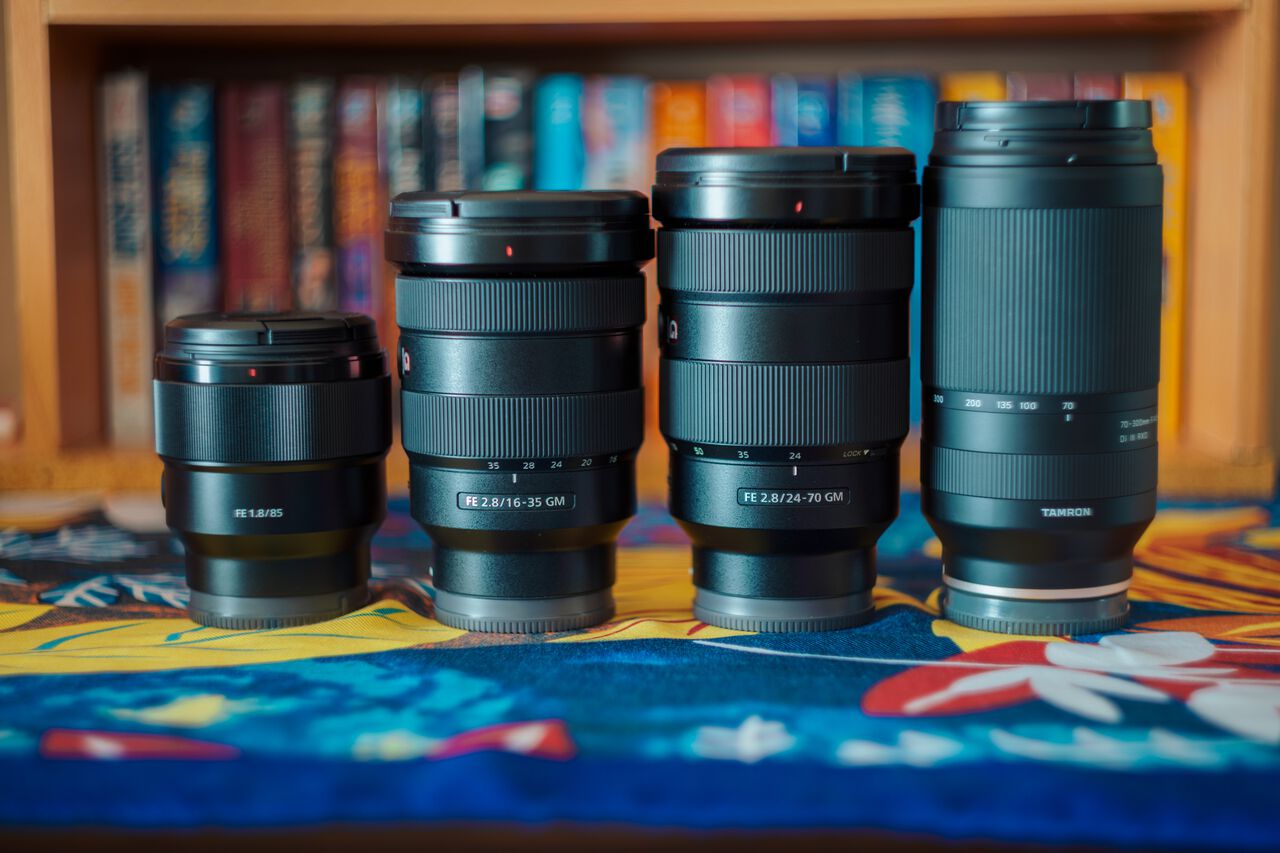
Sony full-frame camera has one of the best lens selections you can find out there. The company has opened up its lens technology to third-party companies like Sigma, Tamron, and Samyang allowing them and Sony to produce a ton of new lenses each year with varying quality and price points that you can shoot from.
If you are looking for the best lenses possible, Sony has you covered with its pro-grade G Master lens lineup that has incredible glass, excellent quality throughout the frame, extremely fast aperture, and a hefty price tag like the Sony 24-70mm GM F2.8 lens.
If you are looking for something with excellent quality but at a more reasonable price point, you can buy one of the many Sigma lenses like the Sigma 28-70mm F2.8 lens.
If you are looking for a more budget-friendly lens that comes with a fast aperture, produces sharp images, and you do not mind the build quality, you can get the Tamron lenses like the Tarmon 28-75mm F2.8 lens.
As you can see, one of the greatest advantages when it comes to using a Sony full-frame camera like the Sony a7C is the slew of great Sony full-frame lenses to choose from no matter the budget and so if you are looking for a travel camera and a lens combination that is cheap, lightweight, and gets the job done, the Sony a7C is the best option you can find right now.
Great Battery Life

One of my main complaints about my old Sony a6500 is how horrendous the battery life was. It uses the NP-FW50 battery which is extremely small and I can barely manage half a day of traveling and shooting without having to switch batteries.
Fortunately, that is no longer the case for the Sony a7C camera. With the Sony 7C camera, the NP-FZ100, which is a bigger and better battery for Sony cameras, is used instead, and combining that with the more efficient new processor the Sony a7C has, you have a travel camera that can shoot more than 720 photos per charge and can last you more than a day on one battery.
On my latest test, I spent more than 12 hours shooting photos as I travel around Samut Prakan, and at the end of the day, I had more than 60% battery left on my Sony a7C which is pretty exceptional.
With the Sony a7C, I no longer have to carry 3 – 4 spare batteries like I used to with the Sony a6500 anymore. I can easily travel with one spare battery just in case and I am all set. The battery is that incredible. If you are looking for a camera with a great battery life that will last you a day or more, then you will love the Sony a7C.
Gyro Data Stabilization
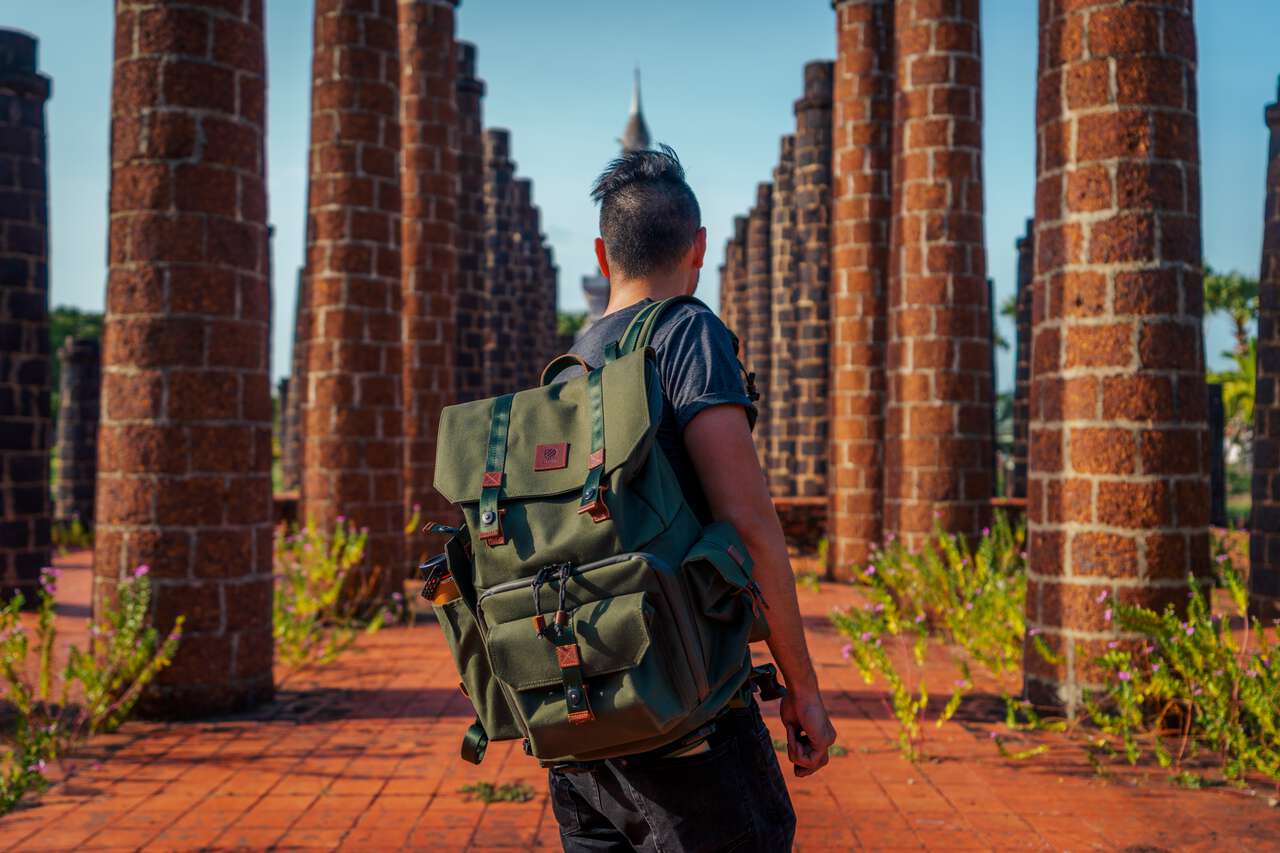
One of the most innovative features Sony a7C has that I looked forward to the most is the Gyro Data Stabilization. The Gyro Data Stabilization is a feature where the camera keeps records of the gyro data when it is recording and you can use these data to stabilize your footage during post-processing.
From testing it out in the field, I was able to get an incredibly smooth video without having to rely on a gimbal which is a complete game-changer. With the Sony a7C, I no longer have to haul around a stabilizer in my backpack to create stabilized videos.
All I have to do now is bump up the shutter speed to around 1/100th of a second and let the Sony Catalyst app do its magic afterward. Although the process of gyro stabilization during post-processing is still rather slow and cumbersome, it is only a matter of time when the gyro stabilization is built into native apps like Final Cut Pro and Adobe Premiere Pro which should improve the processing speed and eliminate the need for a third-party app entirely.
I don’t know about you but whatever new feature a travel camera has if it means that I have to carry one less camera gear and allows me to keep my backpack light, that is a huge win in my book.
Looking for the best settings to set your new Sony a7C?15 Tips & Tricks For Your New Sony A7C, A7III, And More
The Drawbacks of the Sony a7C
Grip Not Comfortable to Hold

The Sony a7C has a pretty shallow grip, possibly due to Sony trying to keep the camera profile as small as possible and sometimes, I find the grip a little too shallow for me to hold confidently and comfortably in one hand.
Buying an L-bracket, a leather case or a wrist strap can help with this situation but I wish Sony made the grip of the Sony a7C a little deeper and longer so I can hold it comfortably on a long day shoot.
The EVF is Too Small
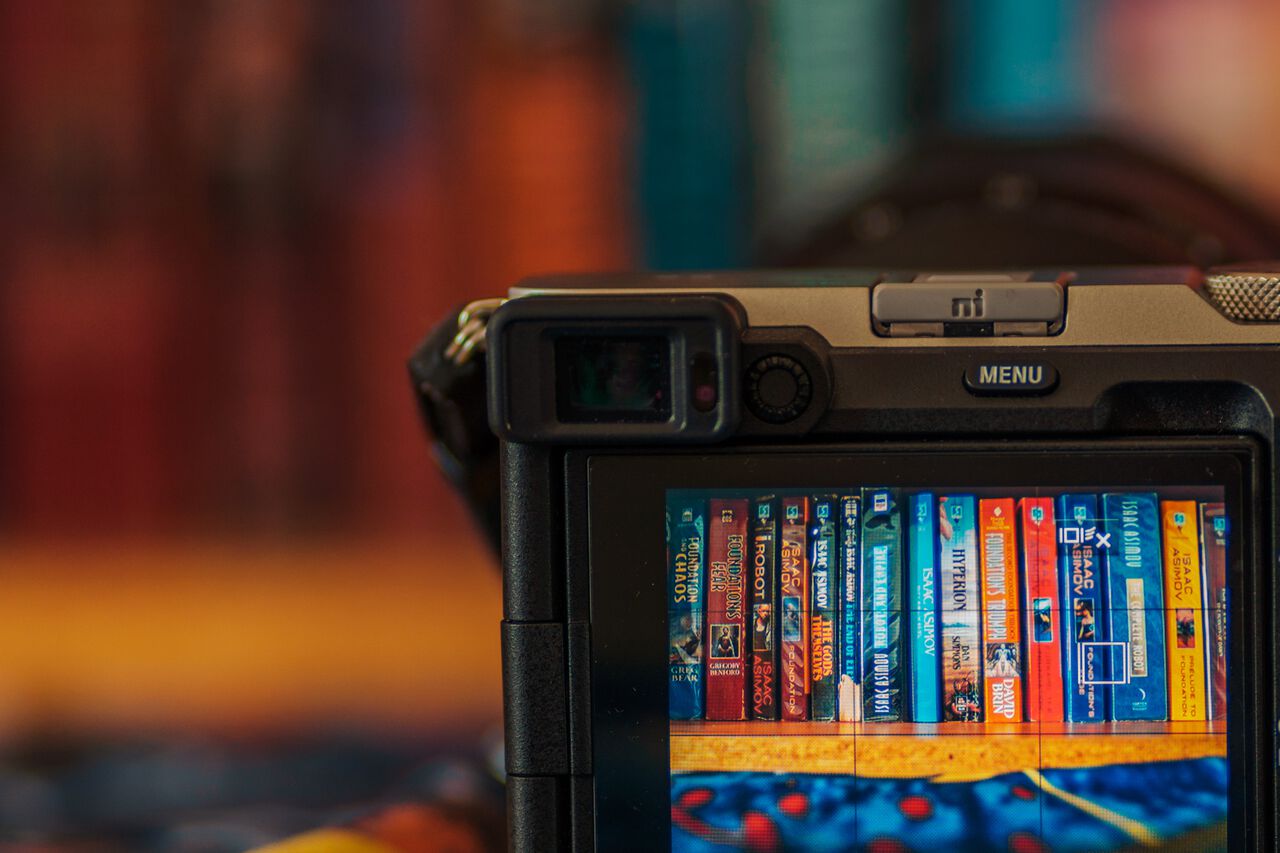
Don’t get me wrong, I understand the reason why Sony kept the EVF (electronic viewfinder) in such a small form factor on the Sony a7C. It is so that they can make the top part of the camera leveled equally making it easier to store in a camera bag which I definitely appreciate but I wish the EVF was a little bigger and at least, comes with an eyecup like the Sony a6600 cameras.
With such a small EVF, it is already pretty difficult to use it to take photos with but when you are out in bright sunlight and you try taking photos with the EVF without an eyecup, it makes taking photos with the Sony a7C in the sun not as comfortable as it can be.
You can buy a third-party eyecup for the Sony a7C from Amazon but you will be losing the electronic hot shoe to mount a microphone or an external screen so it is not an ideal solution. Sony, if you are planning to release the new Sony a7CII, please consider adding an eyecup to the EVF!
Looking for more camera accessories to help you shoot better photos? Check out:12 Best Sony Camera Accessories You Should Buy
Not Enough Custom Buttons
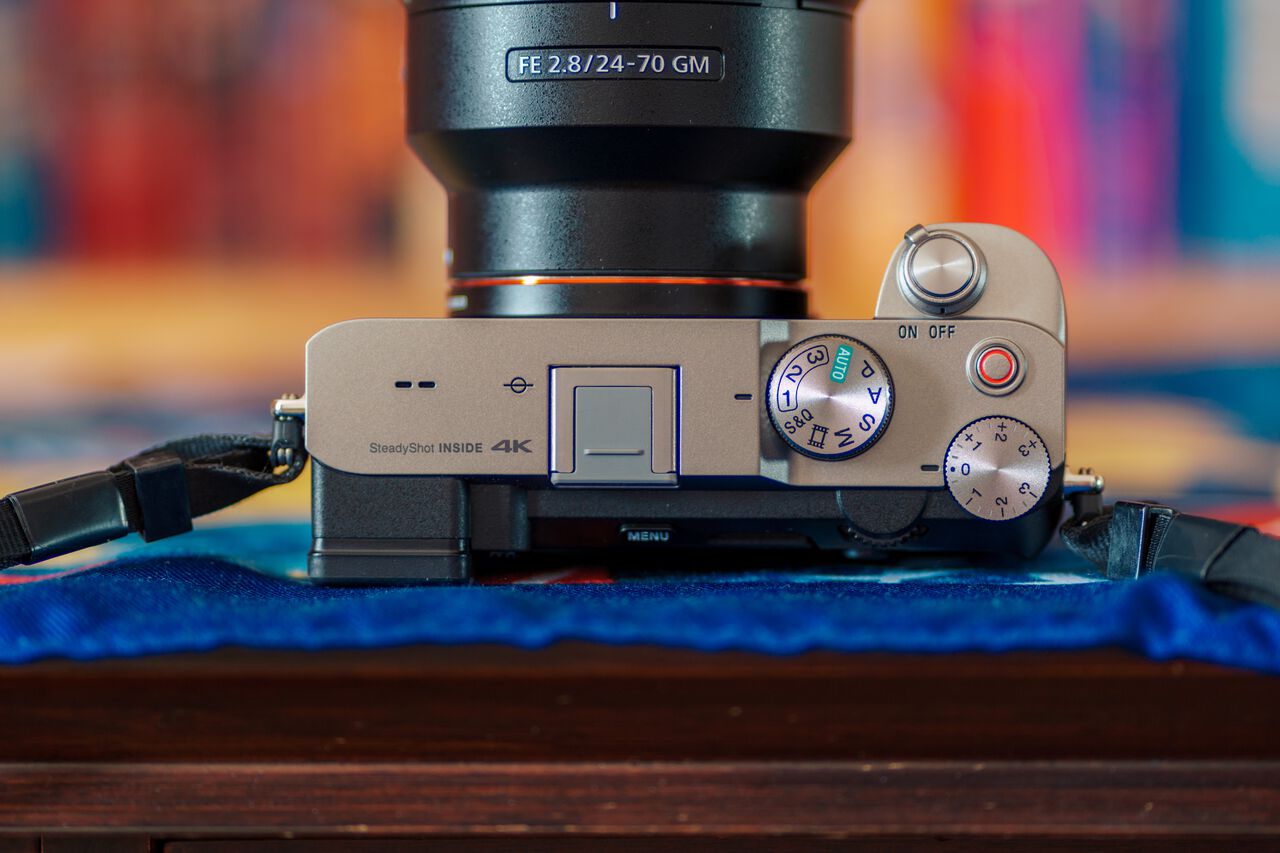
I don’t find this to be that big of a deal personally but to some who are used to using 3 custom buttons to shoot, you are going to have to get used to having only 2 custom buttons with the Sony a7C.
The trash can button and the video record button (in photo mode only) are the only 2 buttons that can be used as custom buttons which is quite limiting compared to the usual 3 custom buttons you can find on other Sony cameras, even the Sony a6500 and a6600.
Thankfully, you can pretty much customize any button and personalize your Sony camera to your liking and so the lack of one custom button shouldn’t be much of a problem if you are willing to move around and replace unused buttons with the features you want.
This is the Best Travel Camera You Can Get
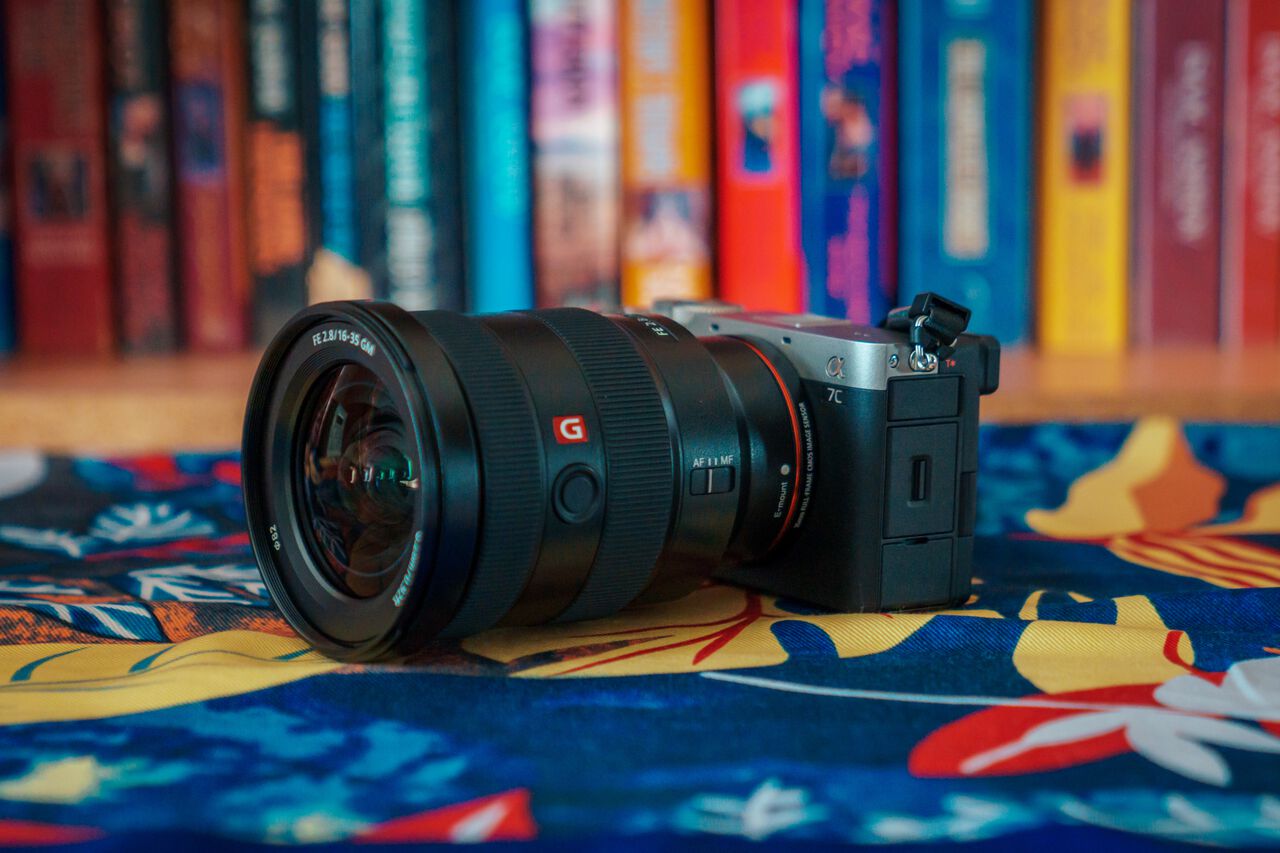
All in all, I found that the Sony a7C camera is the best travel camera anyone can get right now. The Sony a7C comes with the benefit of having a full-frame sensor with great low light performance, a ton of lens selection, and better photos and video quality, but without the bulkiness like the other Sony full-frame cameras.
It has all the future-proof features you can come to expect from new Sony cameras like the best-in-class autofocus system, great battery life, and other advanced features that will allow you to shoot photos more efficiently and for many years to come.
Despite its drawbacks, they are not a deal-breaking and you will eventually get used to it and you will appreciate just how light and small the Sony a7C when you are using it in the real world.
I used to complain a lot about the bulkiness of full-frame lenses but after Sony released the Sony a7C, it and the other third-party lens manufacturers like Sigma and Tamron have been continuously releasing new compact lenses to be used with such a small full-frame body.
With the Sony a7C, you now have the option to choose whether you want your travel photography kit to be lightweight or go full-on G Master and get the best lenses money can buy no matter the weight, and there lies the true reason why the Sony a7C is the best travel camera you can buy, even more so than the Sony a7III or the Sony a6600.
With the Sony a7C, you have the option to make your travel kit as lightweight as possible when you need to and you can go the opposite direction if you want to focus on quality by bringing bigger lenses which is something you can not do if you have bulkier camera bodies like the Sony a7III, etc.
At the end of the day, it will ultimately depend on your use case but for me who likes to carry everything in one backpack and spend hours walking around cities or go hiking, the Sony a7C is the best travel camera I ever own.
Sample Photos from the Sony a7C

Shot with the Sony a7C at 17mm, 1/60th of a second, F2.8, and ISO 400 on a tripod.

Shot during the Blue Hour with the Sony a7C at 39mm focal length, 1-second shutter speed, F2.8, and ISO 640.
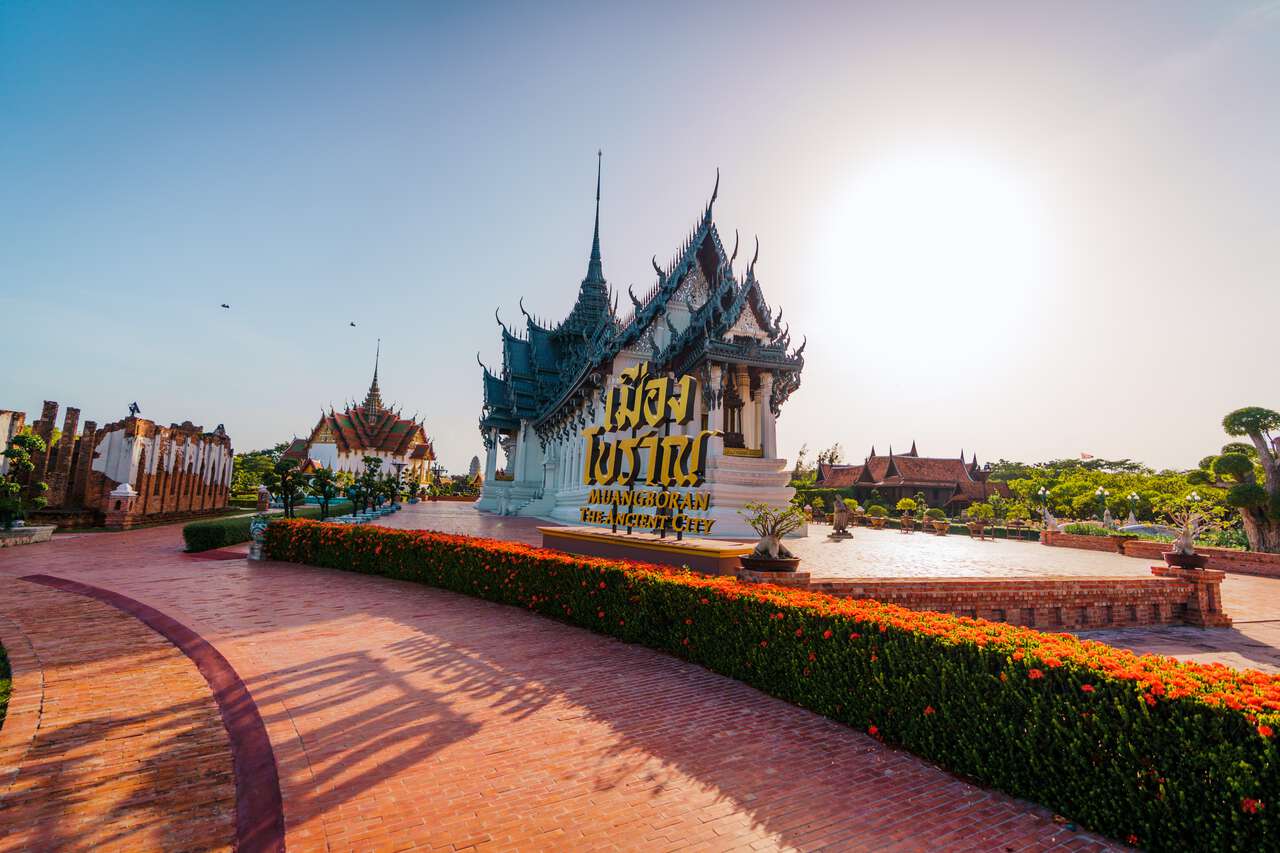
Shot directly at the sun with the Sony a7C at 16mm, 1/2500th of a second shutter speed, F2.8, and ISO 100.
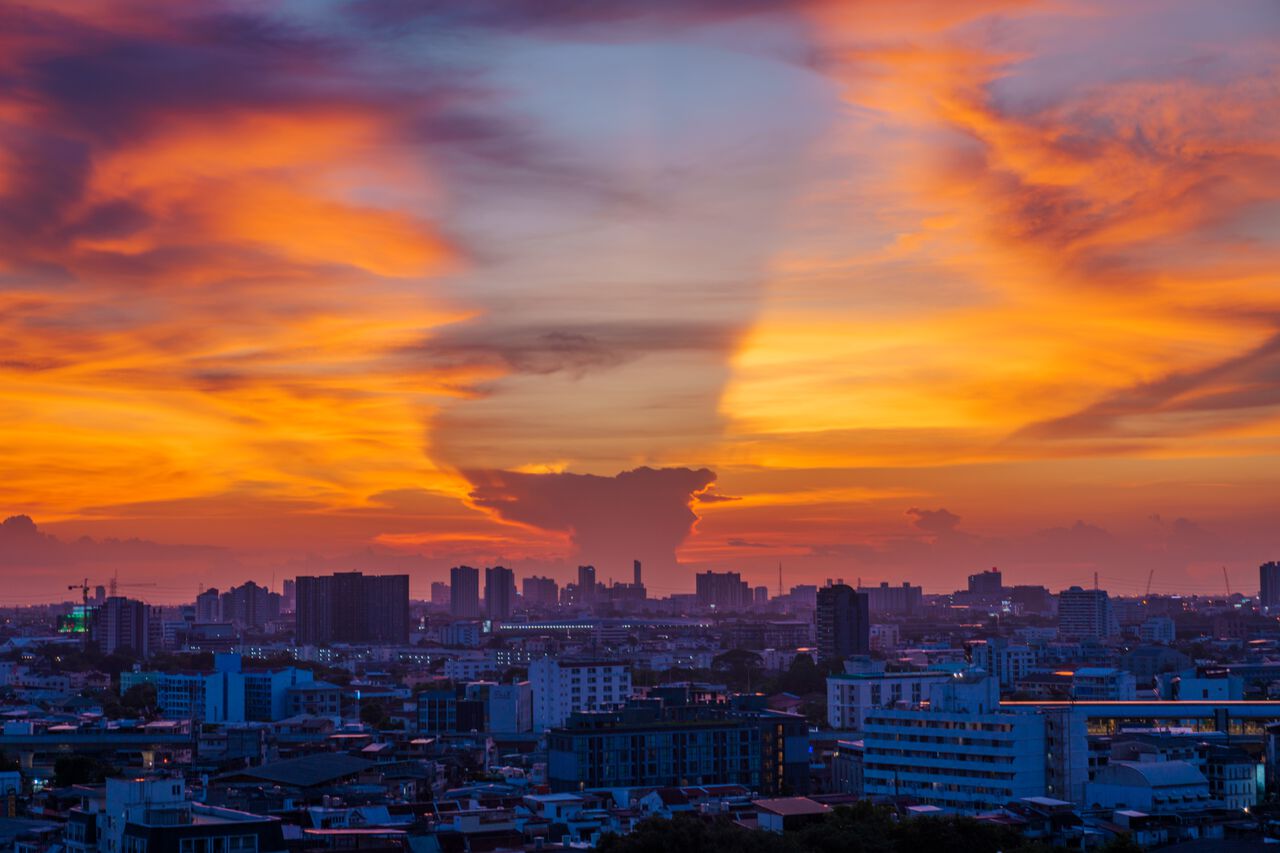
Shot during sunset with the Sony a7C at 70mm, 1/125th of a second shutter speed, F2.8, and ISO 100.

A product shot from the Sony a7C at 56mm, 1/60th of a second shutter speed, F2, and ISO 500.
Looking to Buy the Sony a7C?
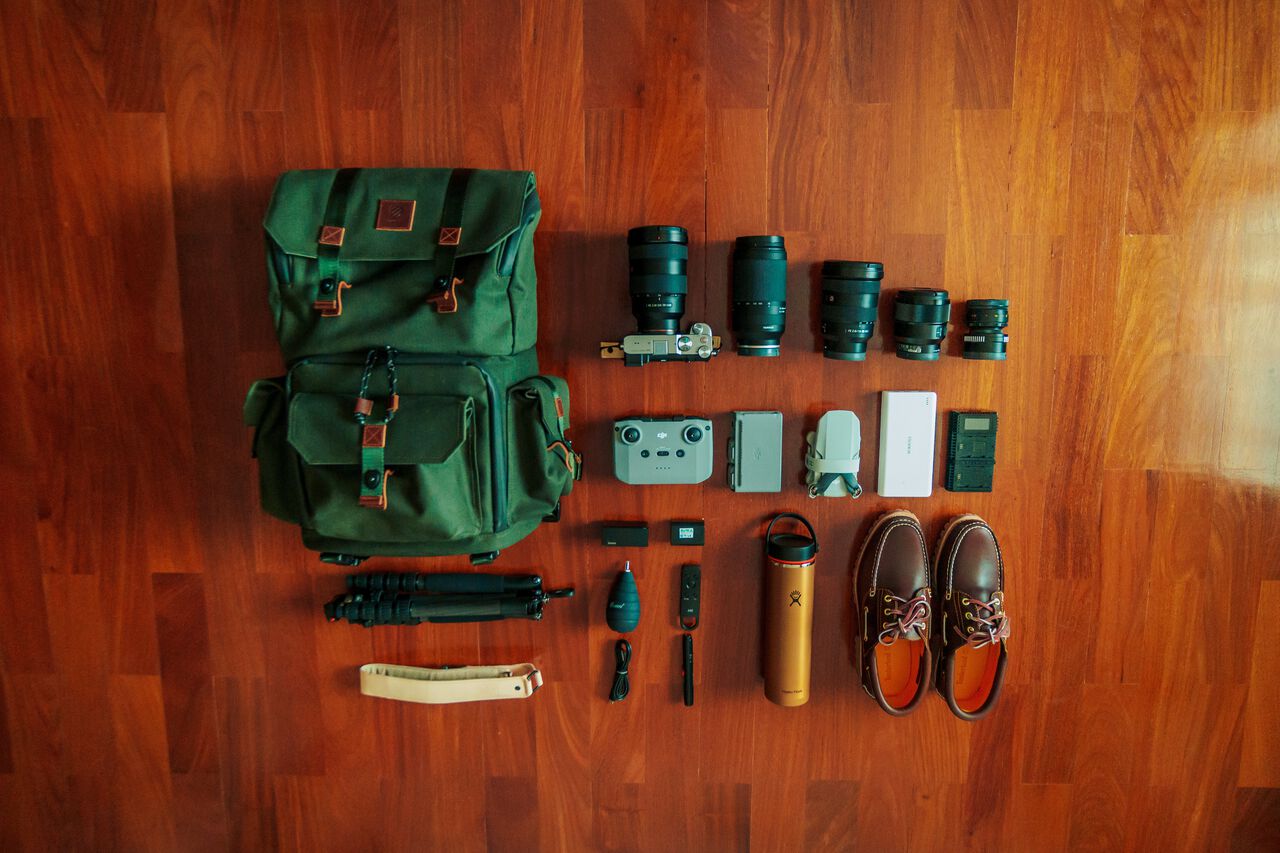
If you are looking to buy the Sony a7C, here are all the lenses and accessories I use with my Sony a7C that I found to be perfect for travel photography. Use this as a guideline to choose wish lenses and accessories you want to buy with your new Sony a7C:
Travel Lenses for the Sony a7C:
Camera Accessories:
And there you have it, a traveler’s review of the Sony a7C based on my experience traveling and shoot travel photos with it. What do you think of the camera? Are you looking forward to buying one for yourself? If you have any questions, do not hesitate to ask me in the comments below.
For more detail on what I carry in my bag, check out:What’s In My Camera Bag – A Travel Photography Gear Guide
Further Reading for Resources
Looking for more articles to help you with your travel may it be camera gear or clothing? Here is a collection of articles you might like:











